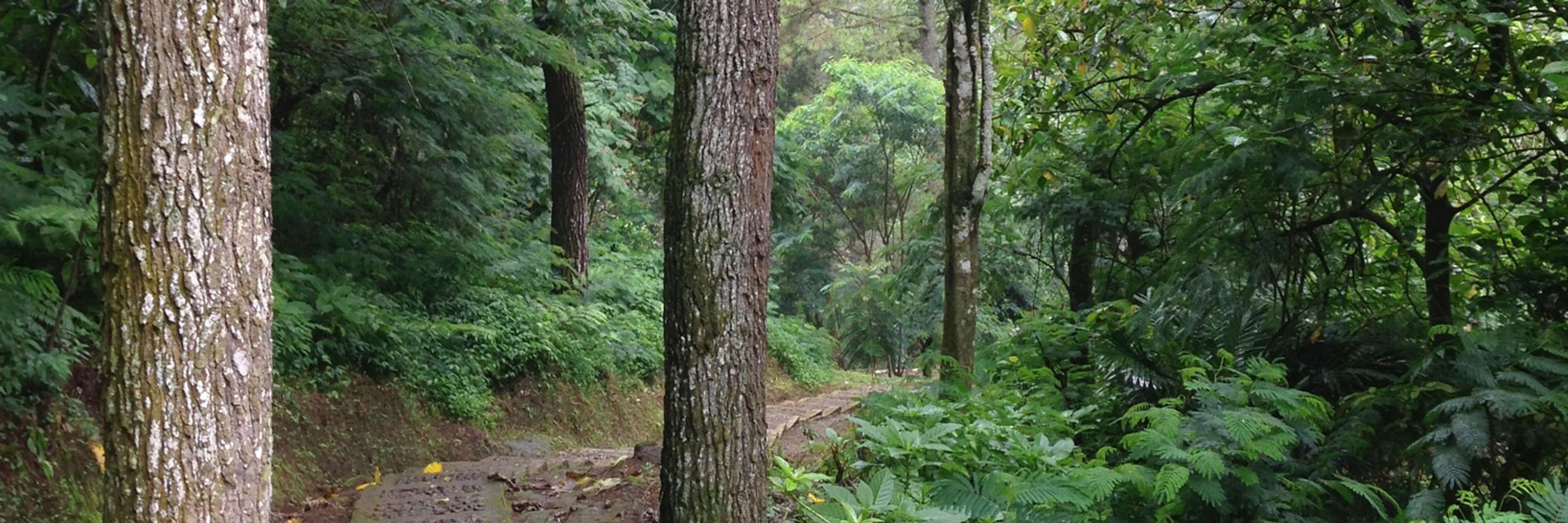
@storme_zaviar
and
@MikeJayMcD
use a simple 2 species microbial community to test this idea doi.org/10.1007/s002...

@storme_zaviar
and
@MikeJayMcD
use a simple 2 species microbial community to test this idea doi.org/10.1007/s002...

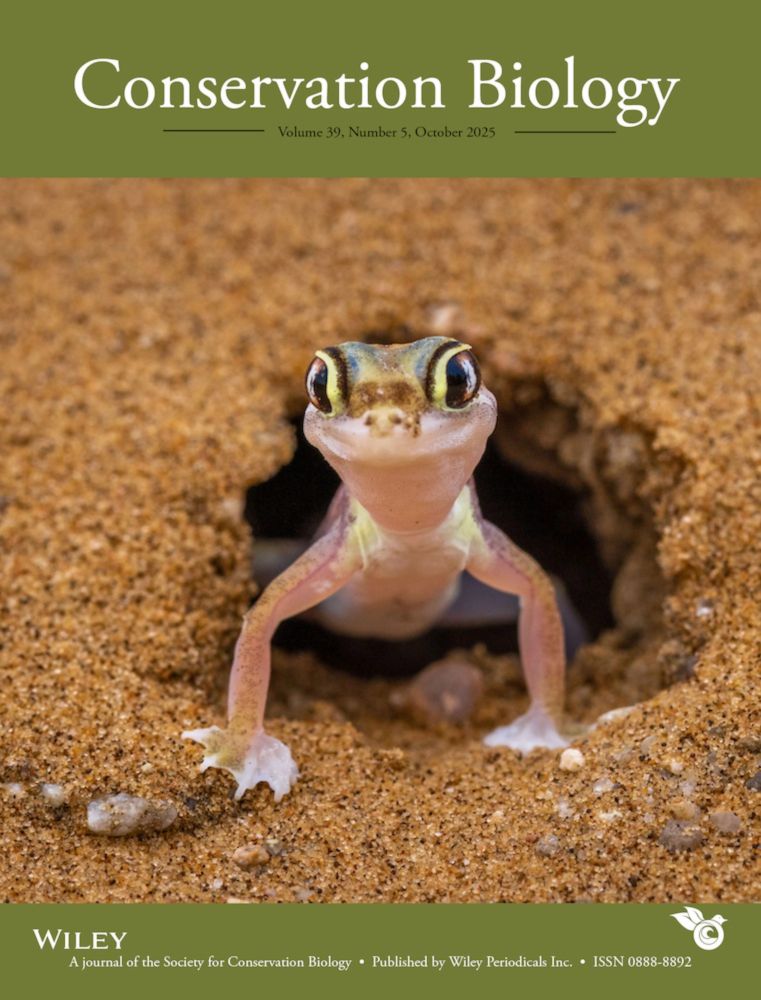

Thermal Biology
doi.org/10.1016/j.jt...

Thermal Biology
doi.org/10.1016/j.jt...


@AP_BirdBehavEco and co-authors find good habitat and group living important doi.org/10.1111/1365...
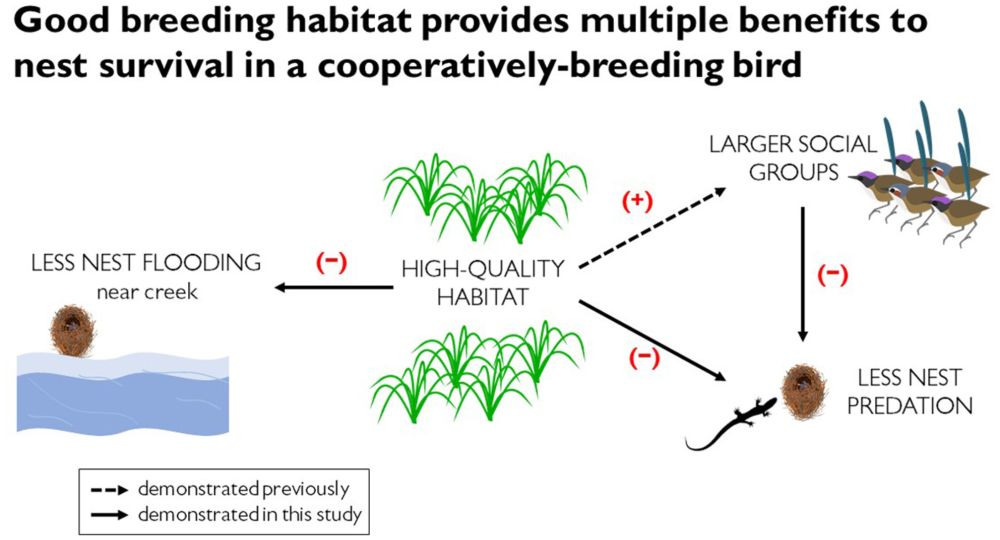
@AP_BirdBehavEco and co-authors find good habitat and group living important doi.org/10.1111/1365...

Niki Teunissen and coauthors found sound production in the correct context is learned but hearing it elicits an innate response. rdcu.be/eMPjE

Niki Teunissen and coauthors found sound production in the correct context is learned but hearing it elicits an innate response. rdcu.be/eMPjE
@Carly_N_Cook and co-authors have uncovered some significant issues. doi.org/10.1111/conl...
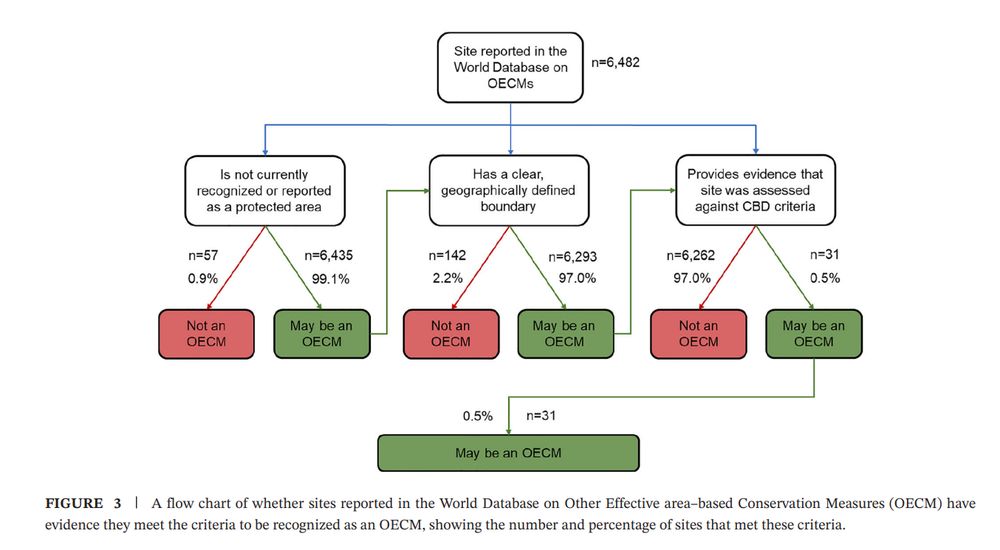
@Carly_N_Cook and co-authors have uncovered some significant issues. doi.org/10.1111/conl...



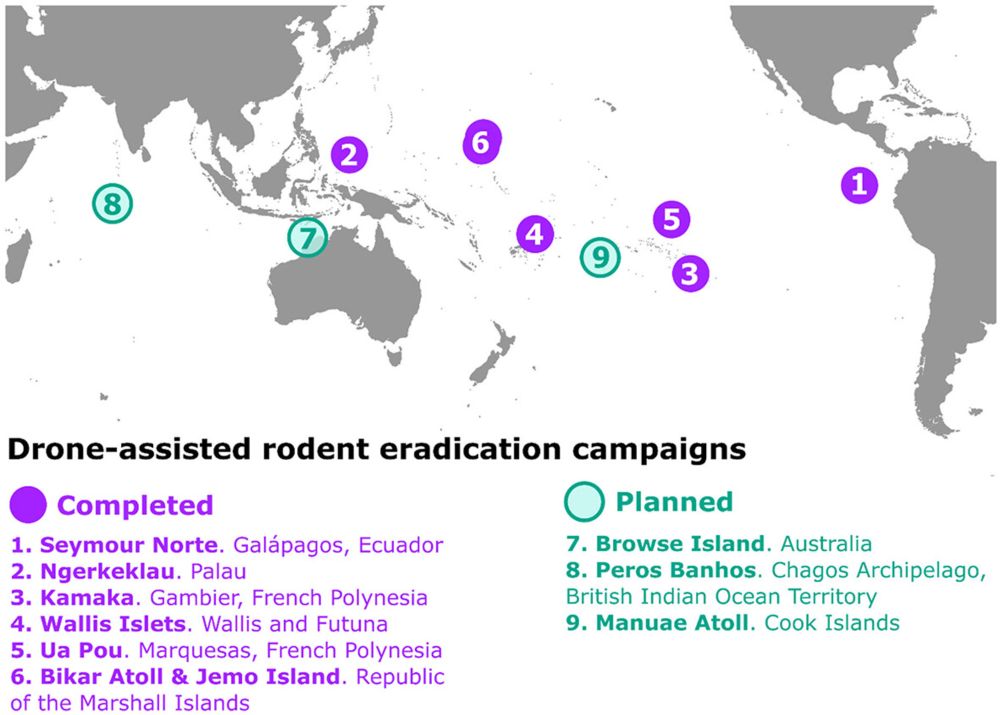
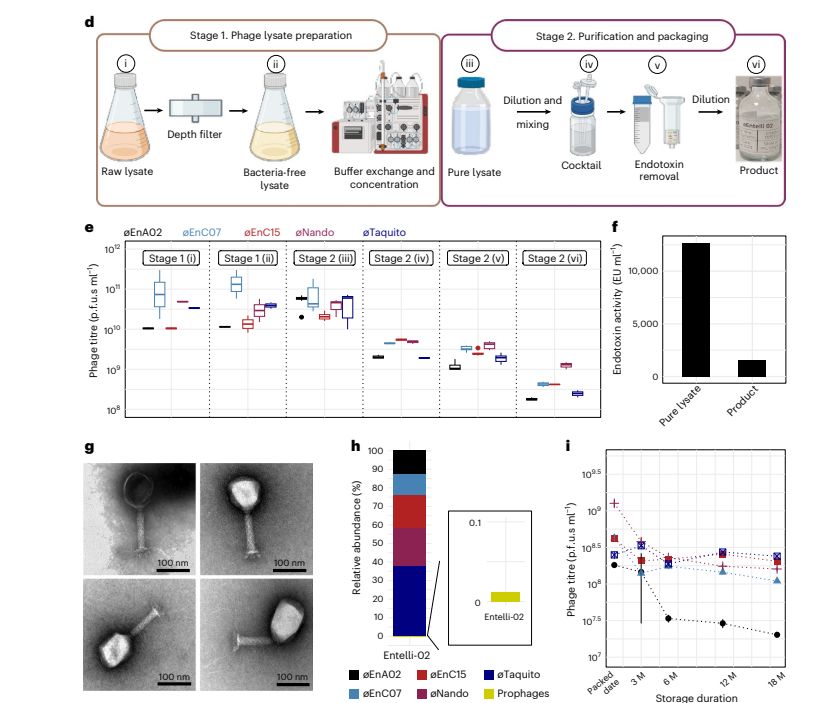


DOI: 10.1111/cobi.70148

DOI: 10.1111/cobi.70148
doi.org/10.1093/jac/...

doi.org/10.1093/jac/...
rdcu.be/eH4r2
rdcu.be/eH4r2
doi.org/10.1128/msph...

doi.org/10.1128/msph...


